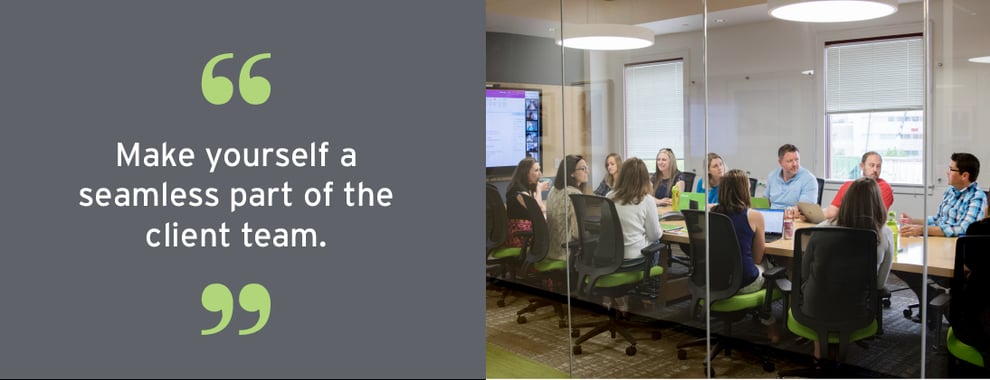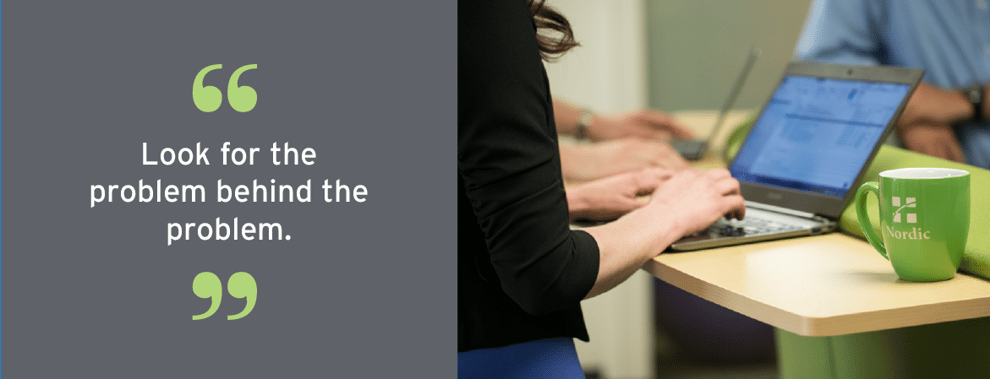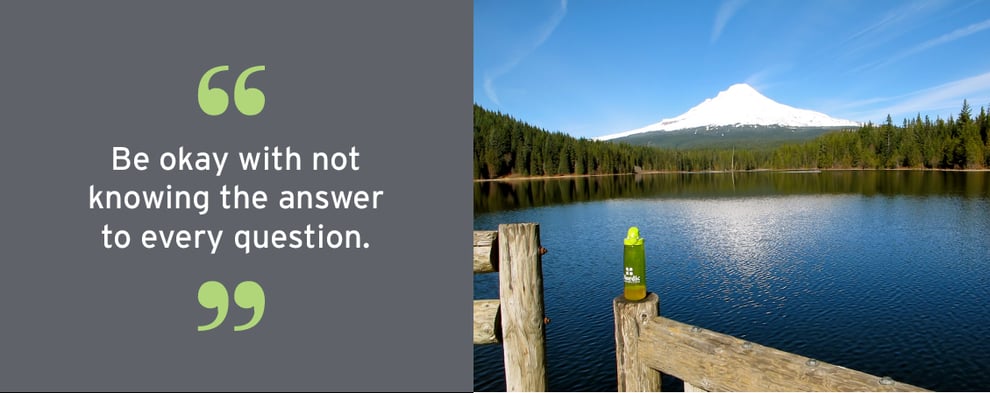Think about the best relationships in your life. They probably have similar characteristics: A high level of trust, respect, and mutual delight in each other’s company.
 But when you think about how those relationships came to be, the answer may be more challenging. We spend so much time with our friends, colleagues, and family that it’s hard to pinpoint how individual actions add up to great relationships.
But when you think about how those relationships came to be, the answer may be more challenging. We spend so much time with our friends, colleagues, and family that it’s hard to pinpoint how individual actions add up to great relationships.
Consulting is no different. All consultants know that a great client relationship is essential, but it’s harder to distill the steps that build respect and trust.
We sat down with Nordic Senior Consultant Nate Bjork to talk through what a great relationship looks like, starting on day one.

Every client has a unique culture, and the best consultants will go out of their way to learn that culture and adapt to it, Nate says.
“Try to avoid pre-conceptions about what their workplace is like,” Nate says. “Take a few days to learn and absorb, rather than immediately disrupting their processes and causing ripples.”
He says there are a few tangible things you can do to make yourself look like an extension of the client team:
- Know their time zone and adapt to it. If your client is on Eastern time, don’t be the consultant who’s always asking if the meeting is in Central time. Nate recommends setting your computer to the client’s time zone so that you can automatically adapt your work schedule to theirs.
- Communicate the way they communicate. Your client may use email for all their communications, or they may prefer to set up in-person meetings. Take a few days to understand how they communicate, and then tailor your style to their preferences.
- Use the client’s name when you answer the phone. If you’re working in the call center, answer the phone as if you work for the client – “Hi, this is the [client name] support desk.” Nate says using the client’s name consistently is a good way to internalize that you’re a member of their team.

When you’re slammed with tickets, it can be tempting to solve the problem directly in front of you and move on.
But Nate says to truly win the client’s trust, you should dig into the “problem behind the problem” and fix the root cause. By doing so, you set the client and other consultants up for success in the future. With every problem you encounter, ask yourself these questions:
- What is the root cause of this issue?
- If I know the root cause, can I solve it quickly and without assistance?
- If I don’t know the root cause and the issue is a trend, who can I tap to help me dig into the problem?

Nate says the most-loved consultants are often the ones who can admit they don’t know the answer.
“Don’t try to pretend you know the answer to something when you don’t,” he says. “Smart clients can always tell when you’re lying.”
He says nothing will lose a client’s trust faster than pretending you have an answer you don’t.
“Don’t come in trying to be a hot shot,” he says. “Nobody likes a consultant like that.”
Instead of trying to convince people you’re smart, show them that you’re curious about their issues and committed to finding solutions.
